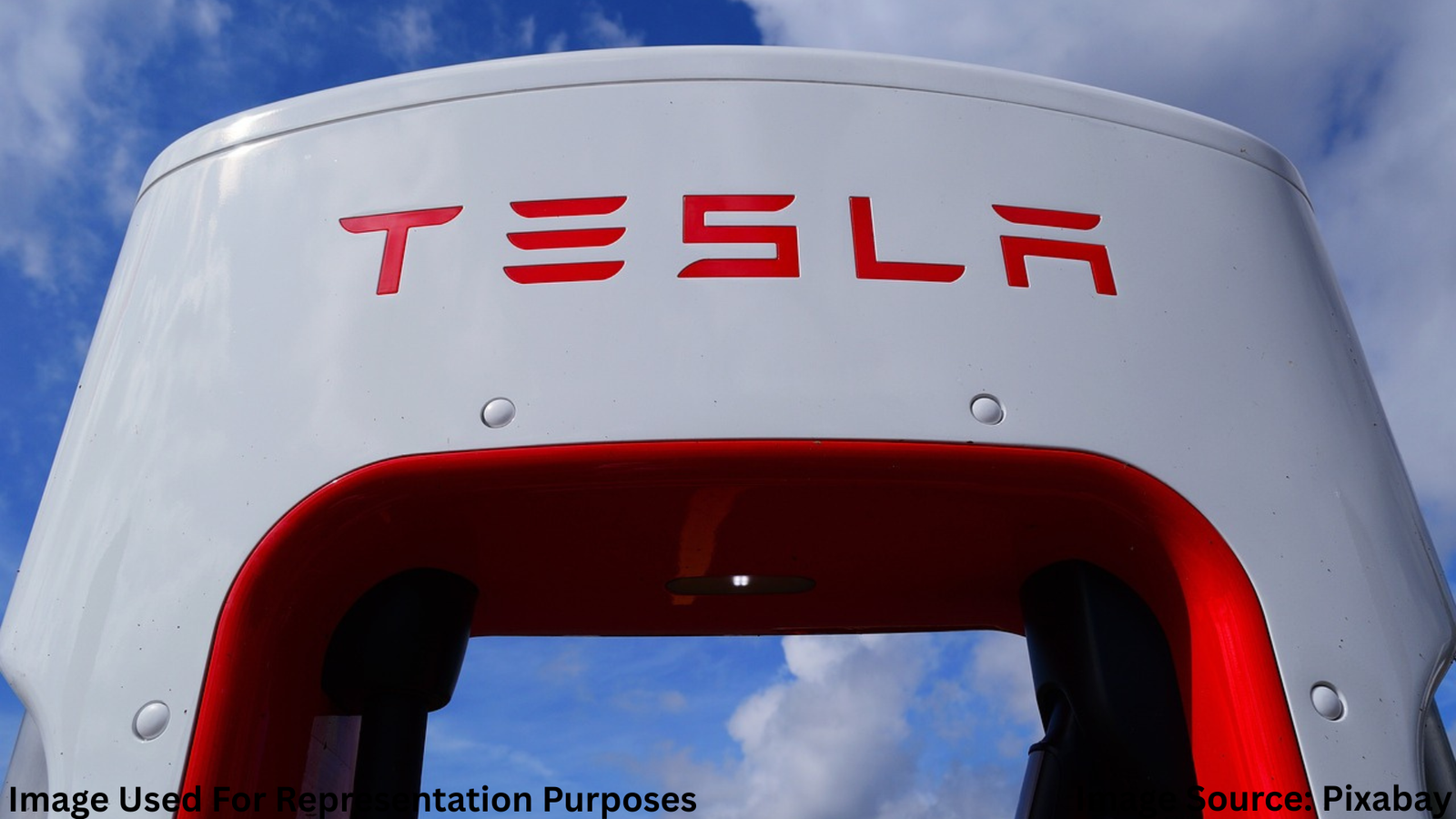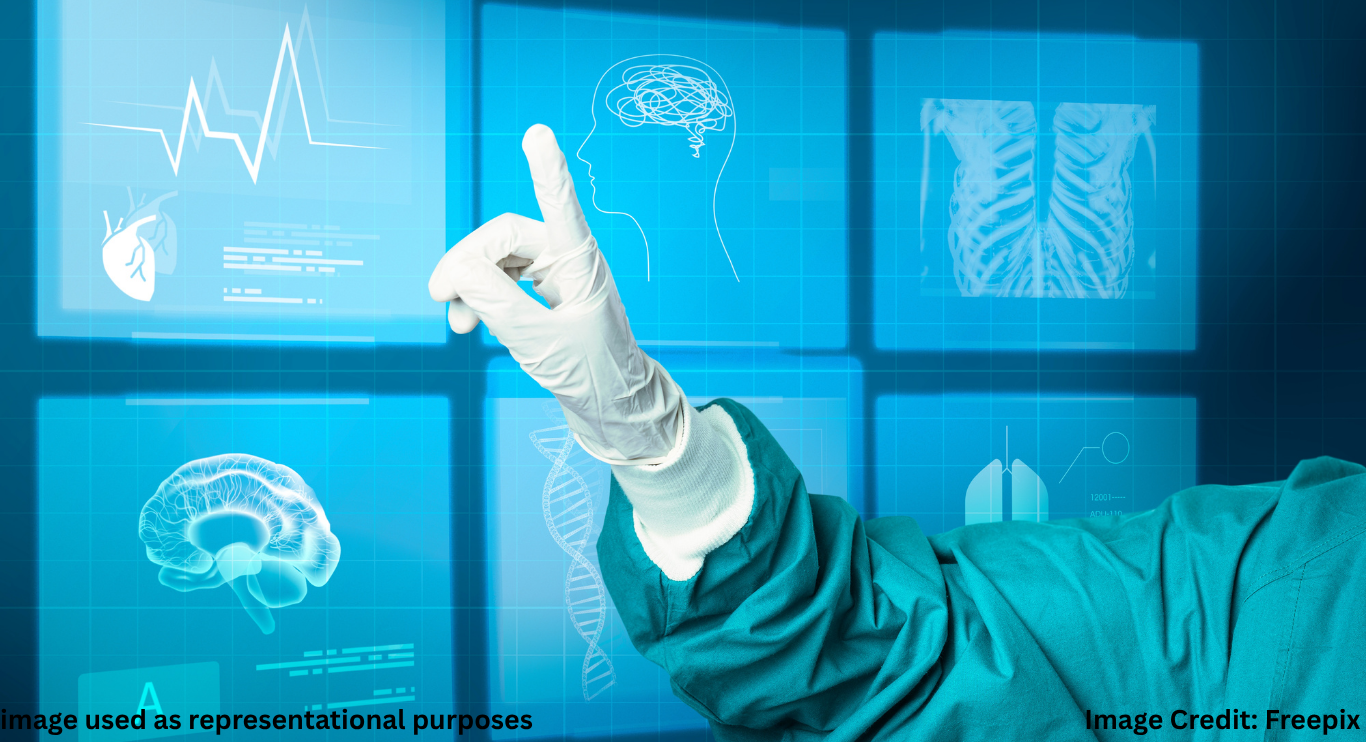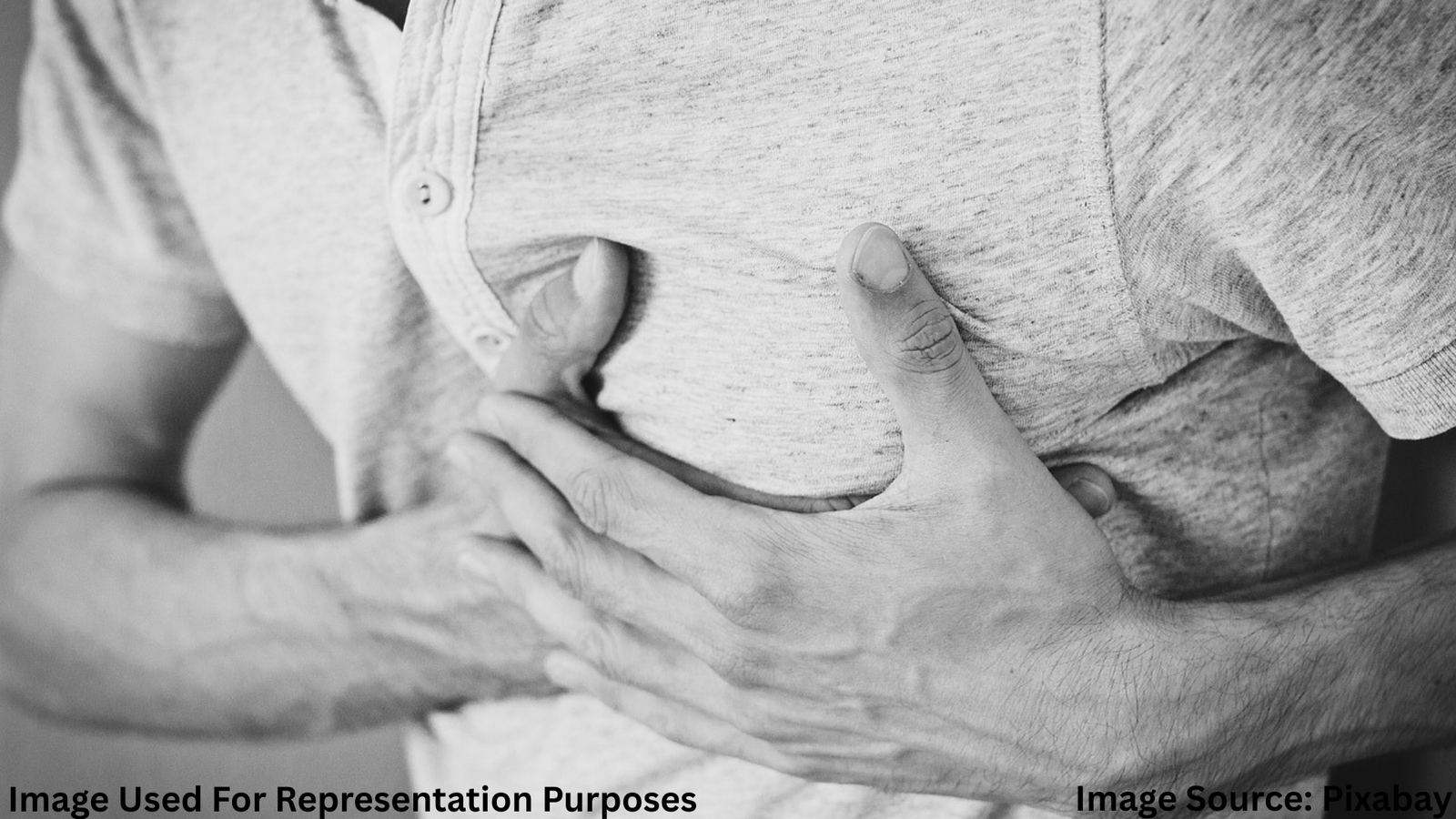
Understanding the Verdict: Tesla’s Role in a Fatal Crash
Jury says Tesla blame fatal crash — this headline has been making waves in the automotive and tech industries, sparking debates about autonomous driving technology, corporate responsibility, and road safety. The recent verdict found Tesla partially responsible for a deadly accident involving one of its vehicles, putting the company’s Autopilot system and safety protocols under intense scrutiny. For drivers, regulators, and automakers, this case is more than a single legal decision—it’s a signal of how the future of autonomous vehicle accountability might unfold.
The Case That Captured National Attention
The incident at the heart of the jury says Tesla blame fatal crash case involved a driver who was using Tesla’s Autopilot feature when the vehicle collided with another car, resulting in a fatality. Prosecutors and plaintiff attorneys argued that Tesla’s technology, while marketed as advanced, did not adequately prevent the crash or ensure that the driver remained fully attentive.
Autonomous Vehicle Liability Challenges: Navigating a Legal Gray Area
Witnesses described moments before the collision when the vehicle failed to detect a hazard in time. The driver’s attention appeared divided, raising questions about how much responsibility rests with human operators versus automated systems.
The Verdict Explained
The jury’s decision assigned partial blame to Tesla, citing shortcomings in its driver-assistance technology and a lack of stronger safeguards to ensure active driver engagement. However, the verdict also recognized driver error as a contributing factor. This nuanced outcome shows the legal complexity when human and machine share control.
Tesla’s Response and Defense
Tesla’s defense in the jury says Tesla blame fatal crash trial focused on the fact that Autopilot is not a fully autonomous system. The company repeatedly warns drivers to keep their hands on the wheel and stay alert, stressing that the feature is an assistive tool, not a replacement for human judgment.
In statements following the verdict, Tesla emphasized that no driver-assistance technology can prevent all accidents, and that drivers bear ultimate responsibility for safe vehicle operation.
Technology Limitations
The case highlighted inherent limitations in current driver-assistance systems. Even the most advanced sensors and AI algorithms can struggle in certain conditions, such as poor visibility, complex traffic patterns, or unusual road layouts. Safety advocates argue that companies should do more to address these limitations and communicate them clearly to consumers.
Broader Implications for the Auto Industry
The jury says Tesla blame fatal crash verdict could have far-reaching effects. Other automakers offering similar semi-autonomous features may face increased legal risk and stricter regulatory oversight. This could lead to more conservative marketing, enhanced driver-monitoring systems, and additional safety redundancies.
Industry analysts predict that the ruling will push carmakers to rethink how they balance innovation with safety assurance. It may also influence how insurance companies assess liability in accidents involving driver-assistance technology.
Voices from the Legal Field
According to attorney Michelle Grant, who specializes in automotive liability cases, “This verdict sets a precedent. Juries are willing to hold companies accountable for the performance of these systems, even when drivers share the blame.”
Personal Stories Highlight the Stakes
For the family of the victim, the verdict brought a mix of closure and frustration. They acknowledged the driver’s error but felt that the technology’s limitations contributed to the tragedy. On the other side, Tesla owners have shared both confidence in the system and concerns about overreliance on automation.
James, a Tesla driver from California, noted, “I use Autopilot daily, but I never fully trust it. This case is a reminder that we have to stay engaged at all times.”
Consumer Responsibility
Cases like the jury says Tesla blame fatal crash verdict underline a critical reality: semi-autonomous systems require informed and attentive users. Drivers must understand the capabilities and limits of the technology, and automakers must ensure these are communicated effectively.
Regulatory and Safety Reforms
Regulatory agencies are watching developments closely. The National Highway Traffic Safety Administration (NHTSA) has already opened multiple investigations into Tesla’s Autopilot and Full Self-Driving systems. Following the verdict, experts expect new rules requiring enhanced driver-monitoring features, such as in-cabin cameras or steering wheel torque sensors, to ensure drivers remain engaged.
Internationally, countries with stricter vehicle technology laws may point to this case as a reason to further tighten safety requirements before approving advanced driver-assistance systems for public use.
What This Means for Tesla Owners
Current and prospective Tesla owners should be aware that the jury says Tesla blame fatal crash ruling may result in software updates aimed at increasing safety alerts and engagement checks. It could also influence insurance rates and resale values, depending on public perception of the technology.
Lessons for All Drivers
Regardless of what brand you drive, this case reinforces a universal truth: technology can assist, but it cannot replace human responsibility. For drivers, that means staying alert, keeping hands on the wheel, and treating semi-autonomous features as tools—not substitutes—for safe driving.
Conclusion: A Turning Point in Auto Safety
The phrase jury says Tesla blame fatal crash will likely be cited in future debates about the balance between innovation and accountability in the automotive industry. As technology advances, the lines between driver and machine responsibility will continue to blur. This verdict serves as a reminder that, for now, safe driving still depends on an active partnership between humans and their vehicles.

Akalumhe Jefferson is a content writer with a new found interest for crafting engaging stories that transport readers to new worlds. Although no current actual background in creative writing but there’s active love for writing



